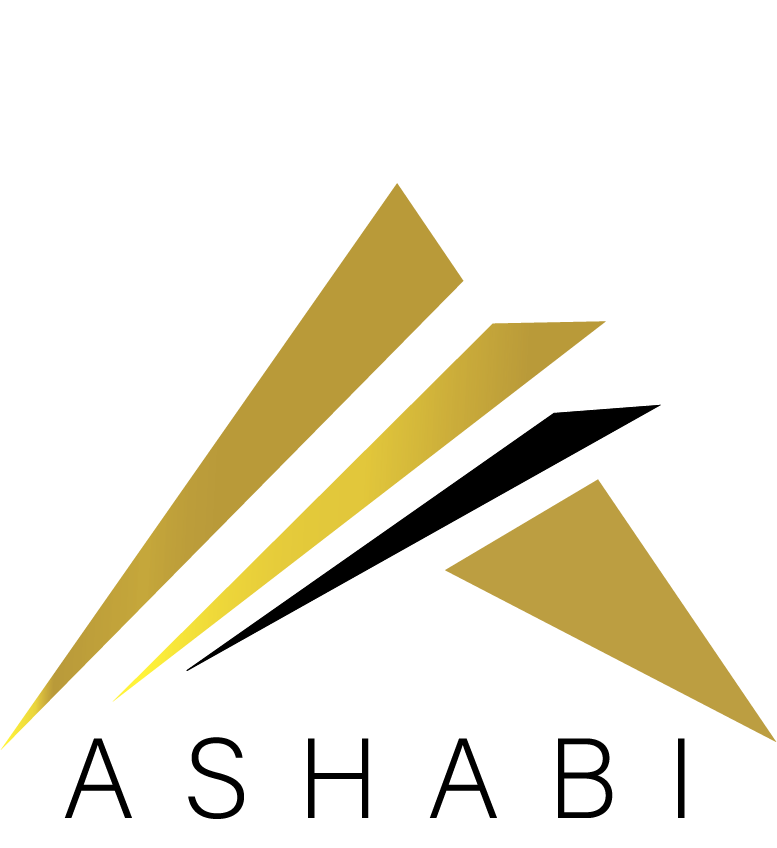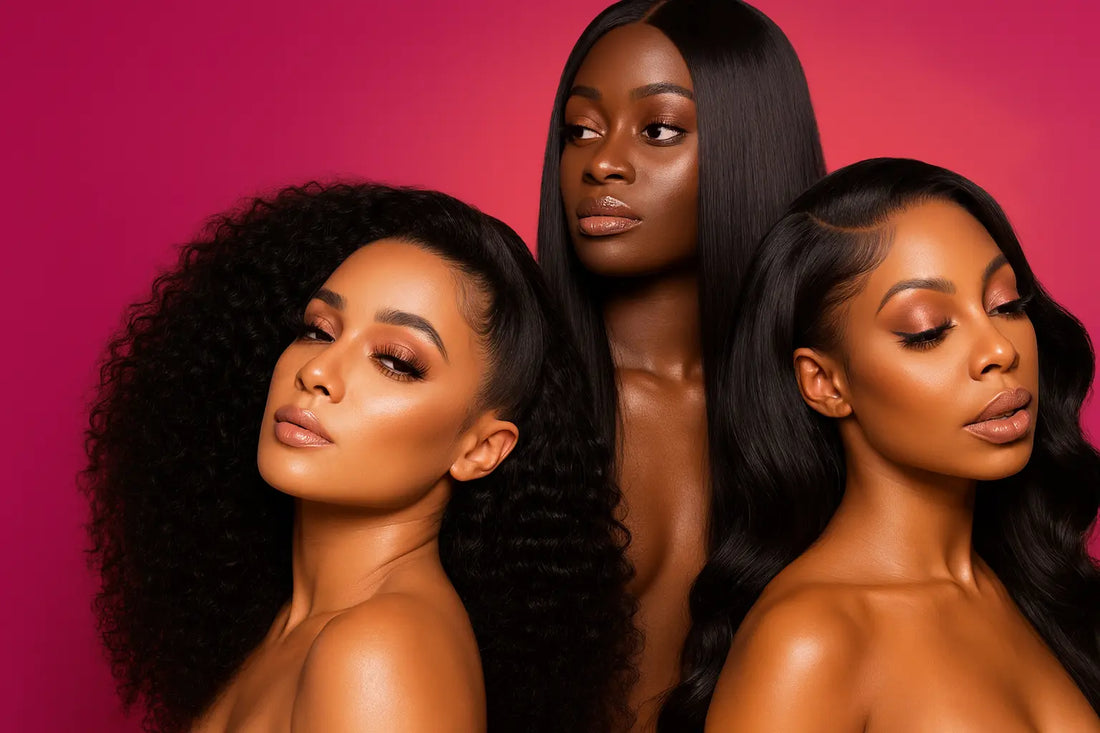If you're new to the world of human hair extensions, navigating the different types can feel overwhelming. With so many options on the market, understanding what sets Raw Hair and Virgin Hair apart will help you make the best decision for your styling needs.
This article breaks down the key differences between Raw Hair and Virgin Hair, answering frequently asked questions with straightforward, unfiltered information to help you make an informed choice. Let’s dive in!
What Are Virgin Hair Extensions?
By definition, Virgin Hair refers to 100% natural human hair that has never been chemically treated or processed. However, in the hair extension industry, "Virgin Hair" often refers to human hair that has been chemically or mechanically altered to achieve a specific texture or color and is usually sourced from multiple donors.
Because of this, most Virgin Hair on the market today no longer meets the original standard of unprocessed hair. Many Virgin Hair extensions are created from Remy Hair, which consists of leftover hair that has been processed and restructured, ultimately lowering its quality. Over time, this shift has resulted in a decline in industry standards, making it harder to find truly high-quality Virgin Hair.
What Are Raw Hair Extensions?
Raw Hair is the truest form of Virgin Hair. It is 100% natural, unprocessed human hair collected from a single donor, with the cuticles fully intact and aligned. The term "Raw" was introduced to differentiate between authentic Virgin Hair and the processed versions commonly sold on the market.
Because Raw Hair is completely unprocessed, it is considered the highest-quality hair extension available today. It behaves just like natural hair, responding to humidity, styling and care the same way your real hair would.
What Are Hair Grades, and Do They Matter?
Many hair extensions on the market are categorized by "grades" (e.g., 8A, 9A, 10A, etc.), but this grading system is misleading. These ratings were created by manufacturers, mainly in China, as a marketing tactic to convince buyers of a false standard.
Hair grades are not regulated and often indicate that the hair has been mixed, contains synthetic fillers, or has undergone processing that affects its quality. True Raw Hair or Virgin Hair should not be graded, as their cuticles remain intact and they contain no artificial blends.
Tip: If you see hair labeled with a "grade," be cautious—it likely isn’t 100% Raw or high-quality Virgin Hair.
Key Differences Between Raw Hair & Virgin Hair
| Feature | Raw Hair | Virgin Hair |
|---|---|---|
| Texture | Naturally derived, varies by donor | Processed to create uniform textures |
| Source | Single donor | Multiple donors |
| Processing | No chemical or steam processing | Often chemically or steam-processed for texture |
| Cuticle Alignment | Fully intact, aligned in one direction | May be misaligned or altered |
| Appearance | Low to medium luster, varies in pattern and tone | Usually silky with a higher shine |
| Lifespan | 5+ years with proper care | Up to 1 year with exceptional maintenance |
| Maintenance | Requires more upkeep, reacts like natural hair | Easier to maintain but may lose quality over time |
| Color Options | Natural shades only (black, brown, rare blondes & grays) | Available in various dyed colors |
| Availability | Limited and rare | More widely available |
💡 Hint: Raw Hair extensions are more challenging to maintain but offer a longer lifespan and the most natural look. Virgin Hair provides more styling variety but does not last as long.
Raw Hair vs. Virgin Hair: Which Is Best for You?
Both Raw Hair and Virgin Hair offer great benefits, but choosing the right one depends on your needs:
✅ Choose Raw Hair If:
- You want the purest, most natural hair extensions
- You’re looking for hair that lasts 5+ years
- You prefer hair with unique variations in texture
- You don’t mind a little extra maintenance
✅ Choose Virgin Hair If:
- You want a more affordable option
- You prefer pre-styled textures for easy maintenance
- You need a low-maintenance option that blends easily
- You don’t mind replacing your extensions after a few months or so
Where Is Raw & Virgin Hair Sourced From?
Both Raw and Virgin Hair can be sourced from any region in the world, but most high-quality human hair comes from South Asia, including:
India
Myanmar (Burma)
Cambodia
Laos
🛑 Did You Know? Many hair companies use marketing terms like "Brazilian," "Peruvian," or "Malaysian" hair to attract buyers. These names do not indicate the actual origin—they are often just branding tactics! Authentic Brazilian hair is extremely rare and hard to source.
Is Ashabi Luxury Extensions Ethically Sourced?
At Ashabi Luxury Extensions, we take pride in sourcing hair ethically and responsibly. Our donors voluntarily participate and are fairly compensated for their contributions.
💡 Warning: Our hair is highly addictive—once you try Ashabi Luxury Raw Extensions, you won’t want anything else! Have more questions? Email us at support@ashabiluxuryextensions.com for personalized recommendations!

